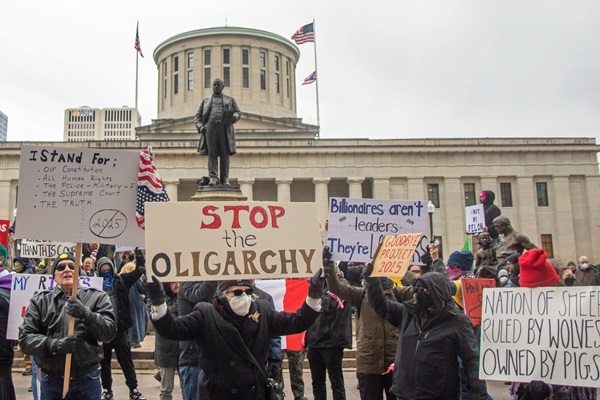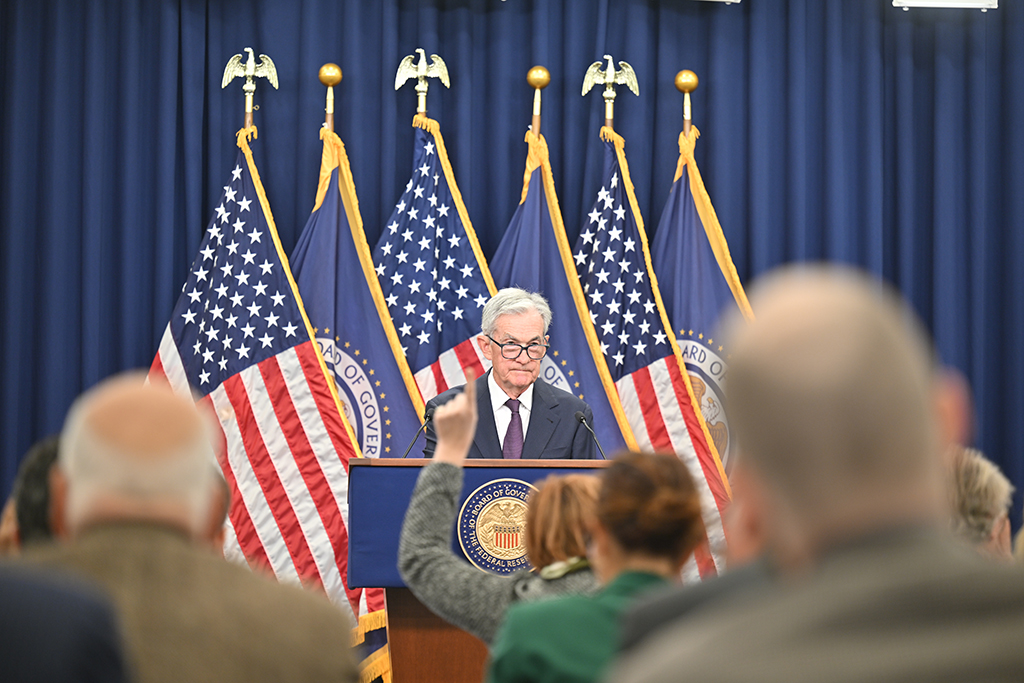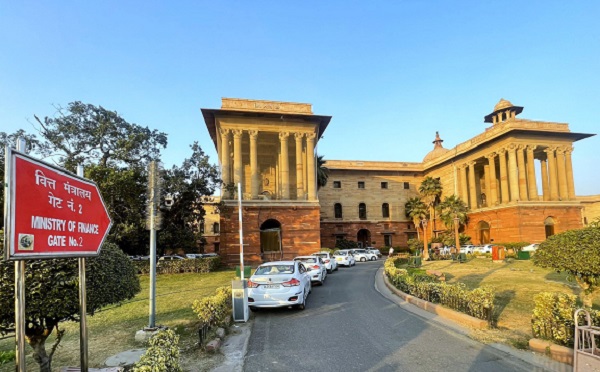.png)

Daniel Gros is Director of the Institute for European Policymaking at Bocconi University.
April 15, 2025 at 4:32 AM IST
On April 2, US President Donald Trump proposed sweeping tariffs on nearly all of America’s trading partners, wiping more than $5 trillion from the value of global stock markets, and fueling recession fears. In the face of the impending financial meltdown, the “reciprocal tariffs" were then “paused” for 90 days, but the tit-for-tat retaliation with China continued, leading to absurd rates exceeding 100% on both sides. The pause on the rest of Trump’s “Liberation Day” tariffs will lead to three months of febrile negotiations. But if the rest of the world responds wisely, the damage could be circumscribed entirely to the United States with even a small dose of liberalisation for everybody else. The European Union will be the key actor to make this benign outcome possible.
This is not the first time the US has suddenly embraced protectionism. In 1930, the US Congress passed the now-infamous Smoot-Hawley Act, which increased tariff rates on a large share of US imports by 40-60%. While unemployment reached double-digit rates following the Wall Street crash of 1929, foreign competition was hardly the reason: unlike today, the US was running a trade surplus (which the tariffs would do nothing to expand). But the US agriculture sector, beset by overproduction, was demanding protection, as were some industrial sectors, despite America’s emergence as a manufacturing powerhouse. The new tariffs would prove highly damaging to the global economy and trading system, not so much because of their direct impact – trade accounted for less than 5% of US GDP at the time – but because of how the rest of the world reacted.
While most smaller countries could protest only diplomatically, many larger economies introduced retaliatory tariffs against the US. Some – such as France and the United Kingdom – raised tariffs on all imports, partly because their existing bilateral commercial treaties with the US generally included a “most-favored nation” clause, which prevented them from imposing tariffs only on American goods. (The Smoot-Hawley Act did not violate these treaties, because the tariffs were the same for all countries, varying by product.) Moreover, with the onset of the Great Depression, countries were looking for ways to protect their economies, and retaliating against the US gave them political cover to do just that.
The Smoot-Hawley tariffs were not in place for long. They were effectively reversed through a series of trade-liberalization measures, beginning, crucially, with the Reciprocal Trade Agreements Act of 1934. But the damage was done: world trade had contracted sharply, and the global geopolitical climate had worsened significantly, complicating reciprocal tariff reductions.
Today, trade is far more important to the global economy than it was in the 1930s. Imports amount to about 14% of GDP for the US, nearly 18% of GDP for China, and more than 48% for the EU. For exports, those shares are roughly 11%, 20%, and 52%, respectively. The economic fallout of a global tariff war could thus be much larger than in the 1930s.
The pause announced on April 9 has only postponed the problem. The outcome of the many bilateral negotiations is highly uncertain because the Trump administration clearly expects an asymmetric result. Its trading partners should open their markets, but the US would offer only somewhat lower tariffs.
But accepting asymmetry is politically difficult, and retaliation if there is no agreement is politically tempting, especially for larger countries that want to flex their geopolitical muscles. That is why China has retaliated immediately against the US. But there is no economic benefit to this approach, and the EU should accept an asymmetric agreement (or at least one that Trump can present as a victory).
One might counter that, whereas small economies might feel compelled to capitulate to the US – Vietnam, for example, has offered to eliminate tariffs on all US imports – a major economic power like the EU should stand up to it. But pragmatism, not ego, should guide Europe’s response. After all, “standing up to the bully” would do nothing to increase Europe’s geopolitical influence, and the Trump administration is unlikely to be impressed by European grandstanding. Meanwhile, European consumers would pay the price.
European policymakers must also resist the temptation to react to the “flood” of cheap Chinese goods that are diverted from the US market to Europe. In the 1930s, efforts to stem the flow of imports redirected from the US – exemplified by the UK’s Abnormal Importations Act of 1931 – helped to transform US protectionism into a global trade war. An EU effort to limit Chinese imports would be all the more inappropriate today, because European exporters will enjoy a massive tariff advantage over their Chinese competitors in the US market, totaling more than 80 percentage points. Given this, increased EU exports to the US, together with increased profits from European plants there, may well offset the impact of higher Chinese imports.
The good news is that, while the Trump administration appears determined to repeat the mistakes of the 1930s, the rest of the world can still avoid them. Given that US imports account for less than one-sixth of the global total, and US exports even less, what matters is that trade among the rest of the world remains free.
Instead of taking short-sighted steps to protect its domestic market or playing counter-productive power games with the US, the EU should rally a coalition of like-minded countries to uphold the open, rules-based global trading system that the US has abandoned. That would be true global leadership.
© Project Syndicate 1995–2025




